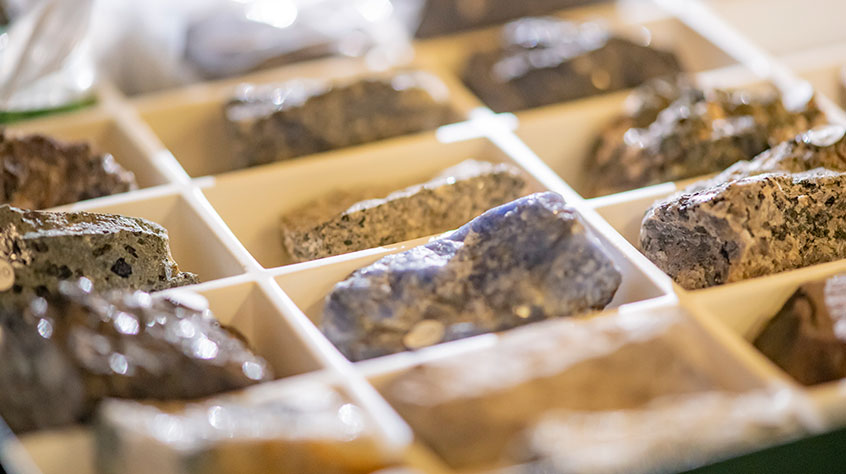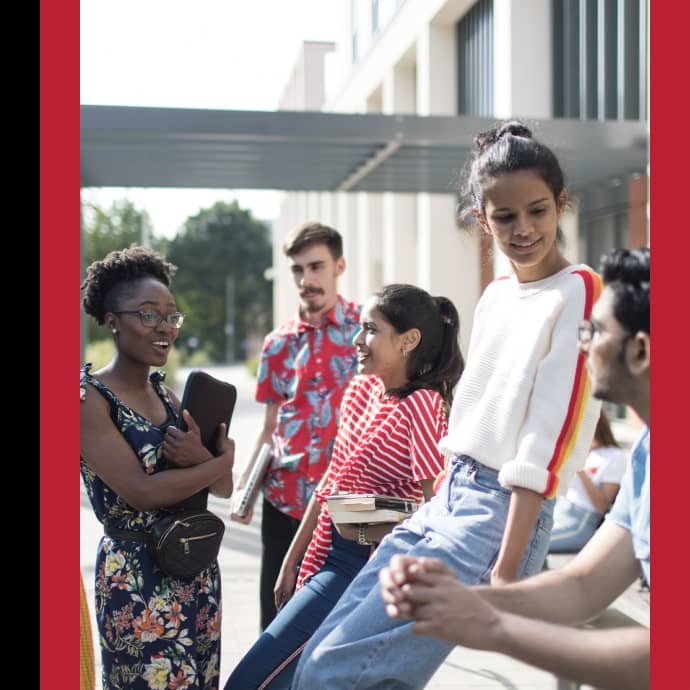Rethinking nuclear weapons strategies
It’s October 1962. An American U-2 spy plane photographs Soviet Union missiles being assembled on Cuba, leading to a US naval blockade surrounding the small island. President John F Kennedy readies the military to neutralise the threat posed by Nikita Khrushchev’s nuclear-armed missiles. The world holds its breath. The threat of full-blown nuclear war is imminent. After a nerve-racking 13 days, the political standoff is over. Nuclear war is averted. A peaceful resolution achieved… this time.
Warning: information overload
Some experts predict that if the Cuban Missile Crisis had happened today, in the age of social media, the internet and uninformed influencers, the ending wouldn’t have been so happy. “The Cuban Missile Crisis was successful because of luck,” explains Professor Andrew Futter, who specialises in nuclear weapons issues at the University of Leicester. “Policy makers made decisions in their own time, didn’t have a media spotlight on them, there was no pressure to act irrationally. But in today’s world, the crisis would have unfolded over a matter of minutes, not days.” There would be 24/7 global news coverage. #CubanMissileCrisis would be trending on Twitter. Web sleuths would be accessing and posting satellite images that previously only those U-2 spy planes could capture. And while the world is glued to social media rhetoric and analysing false stories, nuclear submarines that are thought to be un-hackable while at sea are falling prey to cyber-attacks that have slipped through the radars of preoccupied governments. And that’s just the beginning.
When President Donald Trump goaded North Korea leader Kim Jong-un on Twitter, stating "I too have a nuclear button, but it is a much bigger and more powerful one than his, and my button works", there was much more at stake than Trump’s account being suspended indefinitely.
Influencing policy, protecting the world
So why is it that a world that’s so much more armed and deadly than it was in the time of the Cuban Missile Crisis still views nuclear threat through a 1960's lens?

There are new pathways towards escalation, new vulnerabilities, new technologies that blend nuclear and non-nuclear weapons. Right now, there’s a real lack-lustre approach to nuclear weapons and threats from governments across the world.
“People working on nuclear weapons policies don’t communicate with each other. There’s an unwillingness to accept that risks are different now to what they were in the past, and so plans in place to deal with nuclear war don’t reflect the environment we live in today.”
Over the years, Professor Futter and his research have been heavily influential in raising international awareness of these new nuclear threats, encouraging governments to modernise their thinking and helping policymakers rethink their decisions. From briefing the UK’s Cabinet Office, the House of Lords and the former Defence Secretary about cyber threats to Trident, the UK’s submarine-based nuclear defence system, to contributing to a taskforce in Washington DC established by the Nuclear Threat Initiative. Professor Futter is influencing policy to make the world a safer place – now and in the future. “There are about 13,000 nuclear weapons in the world today,” he says. “The two nuclear weapons deployed against Hiroshima and Nagasaki at the end of the Second World War killed around 200,000 people, and these weapons were orders of magnitude less powerful than the weapons that we have today. Even a small nuclear exchange would kill millions of people, while a large one could destroy the planet.”
At the forefront of change
The world of nuclear weapons and technology is constantly changing. In order to have any meaningful influence over domestic and foreign policy in the field of nuclear weapons, you need to be clued up on history, sociology, politics, science and technology. That doesn’t mean taking courses in multiple fields, but having a strong ability to go off on a research tangent and return armed with new and powerful knowledge to share with the world to make it a safer place. “This field is always changing. One minute I’m teaching myself about hypersonic weapons and the next I’m reading a highly theoretical paper on polarity” says Andrew. “The textbook I’ve written and the module I’ve developed as part of the Politics of Nuclear Weapons course at the University of Leicester have been designed with the idea of teaching more people about the threat, the risks that are not being taken seriously, and the ways in which society nowadays might catastrophically impact the outcome of a future hostile nuclear situation.”
Nuclear technology and risks might be rapidly changing, but one constant remains – the need to make sure people know why we should be worried about nuclear weapons and how we can make the world a safer place.





